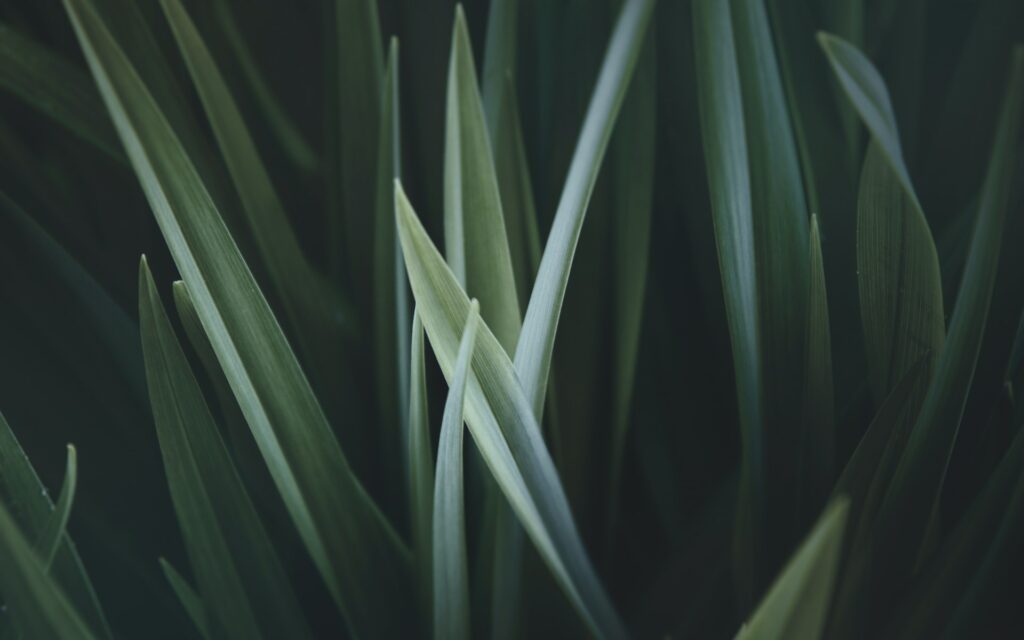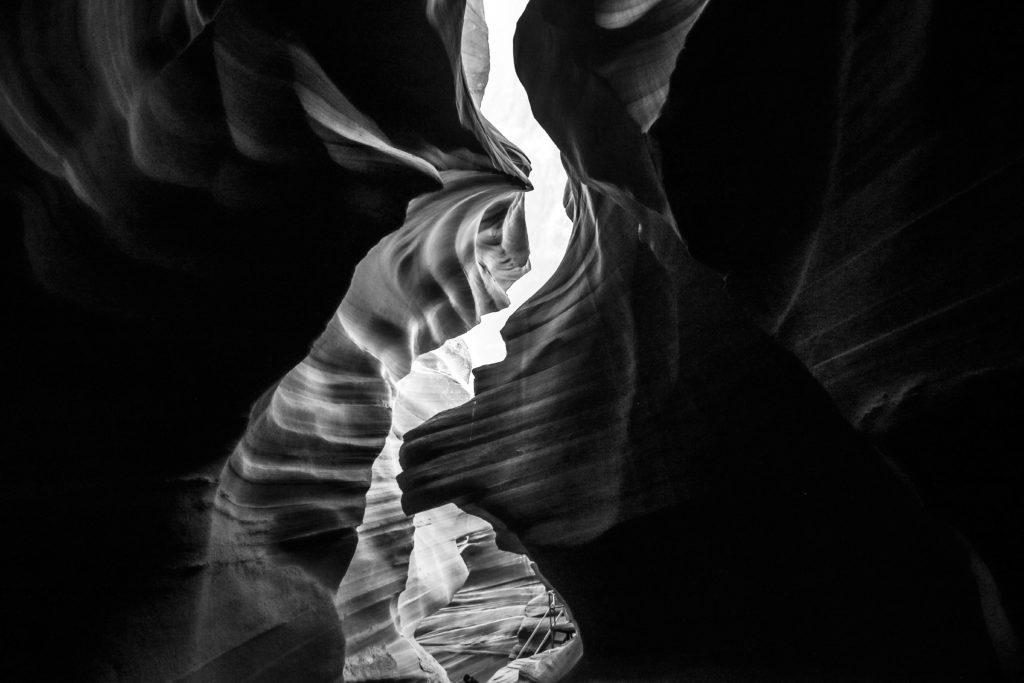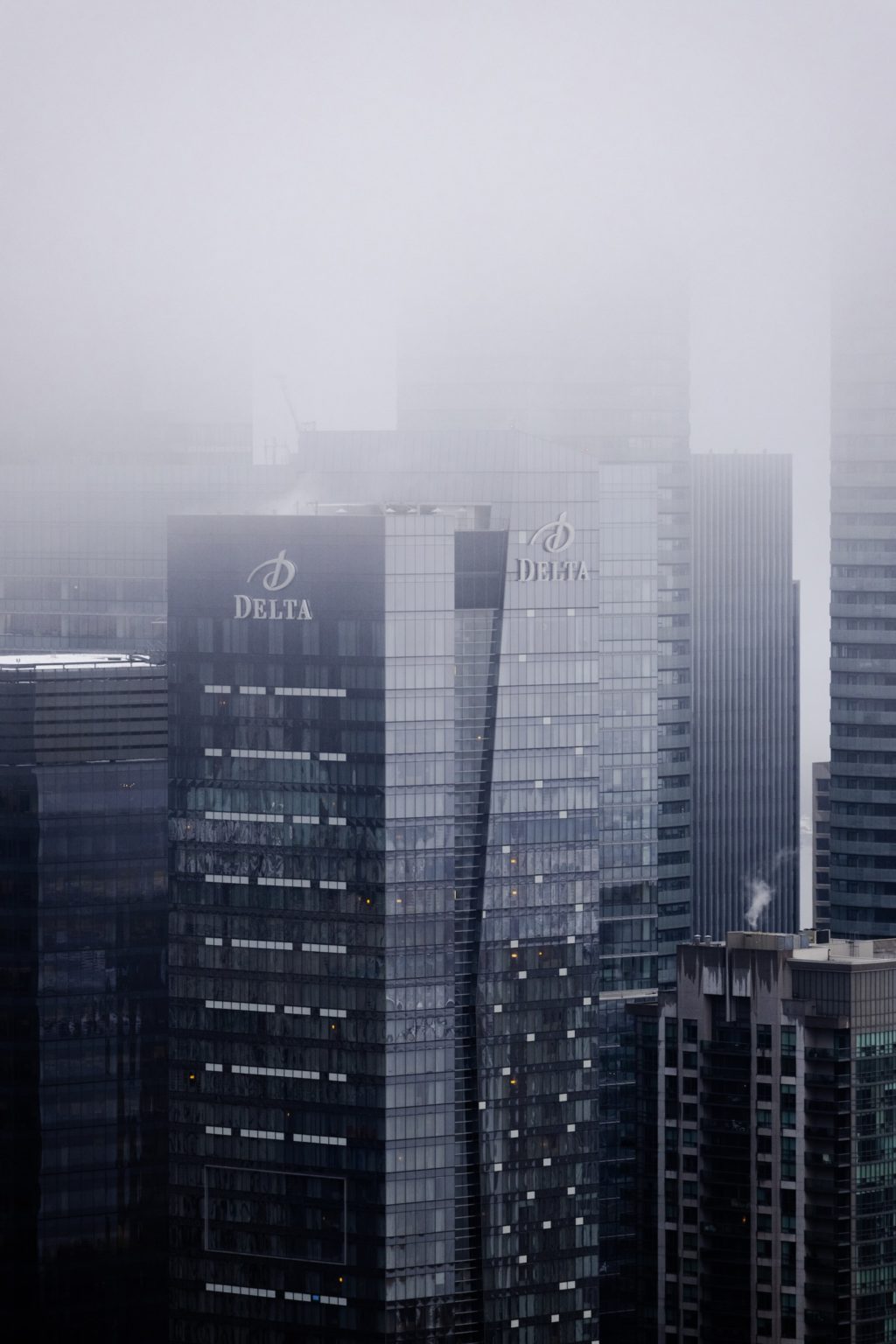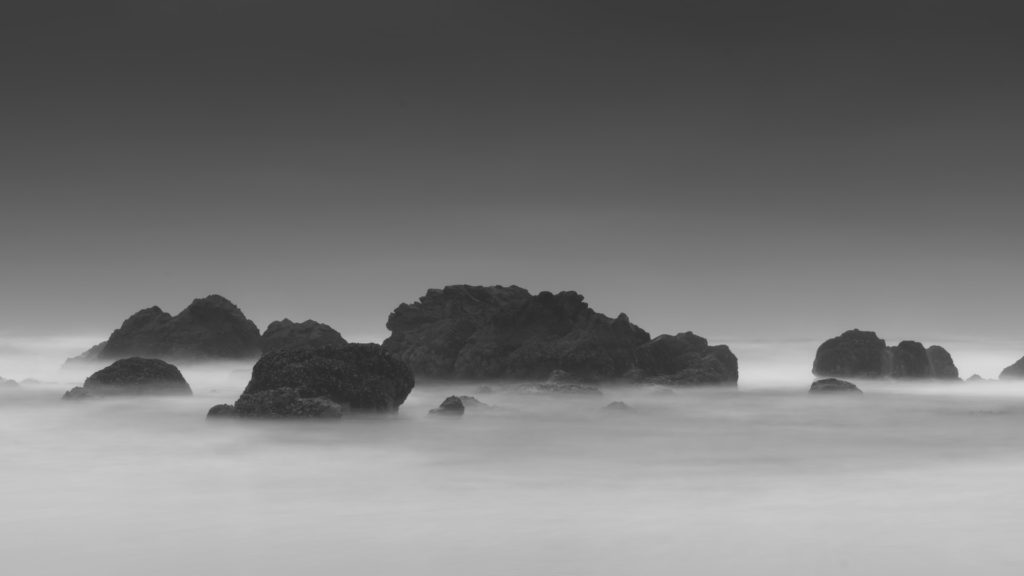It’s probably hard for some people to wrap their mind around the fact that there was a time when color photography didn’t exist. I know, crazy. But it’s true. The tables have turned, however, and color has become the default while black and white sometimes seems to have been relegated to a novelty act, set apart in some way from the rest of photography.
I know this assessment isn’t entirely accurate, though there is a grain of truth to it. But I guess it's not such a bad thing to think of black and white photography as being idiosyncratic in today's color dominant arena. Different is good.
If you're planning to delve into black and white photography, here are five things to keep in mind as you make the move to monochrome.
1. There Is More Than One Style Of Black And White Photography
Some photographers prefer a dark, contrasty look — sometimes with lots of grain. Others like high-key or low-key imagery. Some photographers like to emphasize the midtones for a more neutral look. Subject matter can certainly influence how you choose to edit a particular image, but it ultimately boils down to personal style.
It’s okay to take hints from other photographers, but there’s no reason to think that your black and white landscapes have to possess the striking contrast found in Sebastiao Salgado’s work; that’s simply one (impressive) way of doing it. Spend some time determining what works best for you.

2. Good Black And White Conversion Takes More Than A Button Click
Photo editing applications feature a one-click option to strip a photo of its color. This immediate black and white conversion is just a starting point; the results you get here should not be the end of the process. You will need to adjust contrast, black point, white point, shadows, highlights, etc. There are powerful plugins like Silver Efex Pro that provide a great balance between control and automation for beautiful results, and presets that give you a quick and easy method of getting your photos close to how you want them to look, but in either case you will need to put in some work to fine tune the black and white conversion.
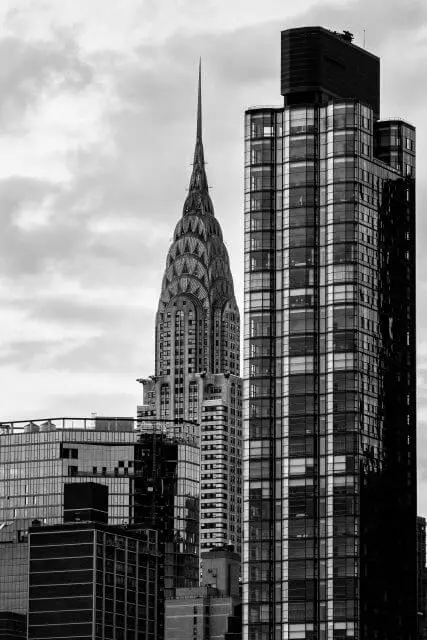
3. A Good Black And White Image Happens Before You Take The Shot
The most successful black and white photographers are those who are able to “see” in black and white. This means learning to recognize subjects, shapes, textures, compositions and lighting situations that lend themselves to effective black and white imagery. There is no application that can help you acquire this skill. Practice is your only solution.
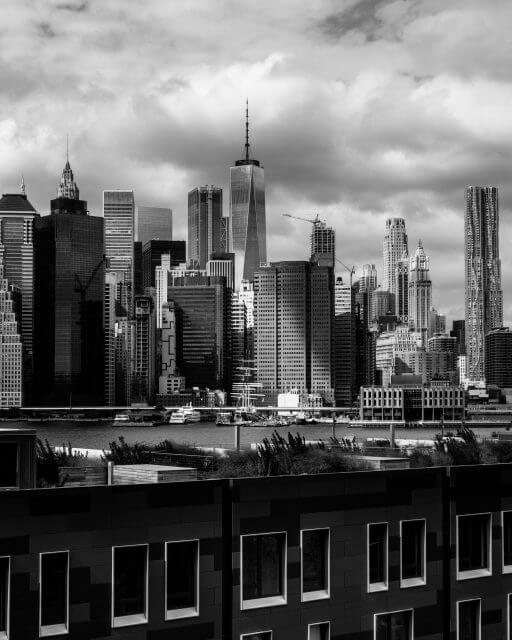
4. Not Everything Works In Black And White
This point may not be obvious to some who are brand new to black and white photography but thinking that you will simply shoot as you normally shoot and then turn those shots black and white is going to cause you plenty of frustration. There are aesthetic nuances associated with monochrome work that don’t come up when working with color. While a golden sunset might not be my top choice to convert to black and white, more important than the subject is that you pay attention to how well colors will convert and whether there is sufficient tonal separation.
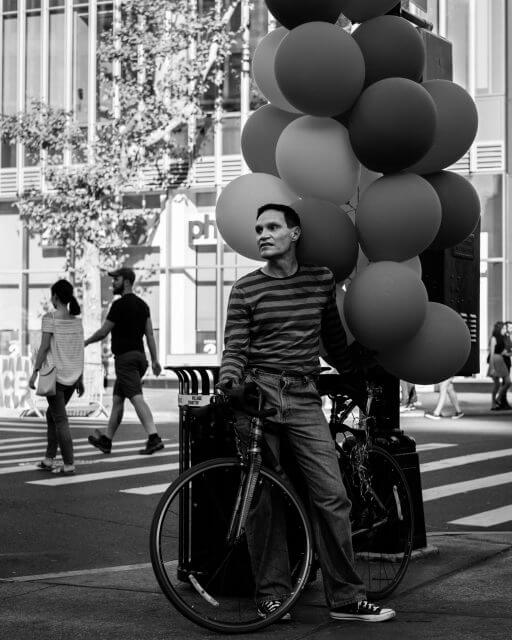
5. Better Color Equals Better Black And White
The better you understand color, the better you understand how color converts to black and white. Hue, saturation, and luminosity (or brightness) are the three central elements of color that photographers care about.
When converting to monochrome, tones are what matter most and tones are associated with brightness. In order to get good tonal separation in a black and white image, you need good tonal separation in the color image (again, this assumes you’re using a digital camera). The luminosity slider (or local adjustment brush) is your friend when converting to black and white, but it also helps to get it right in camera.
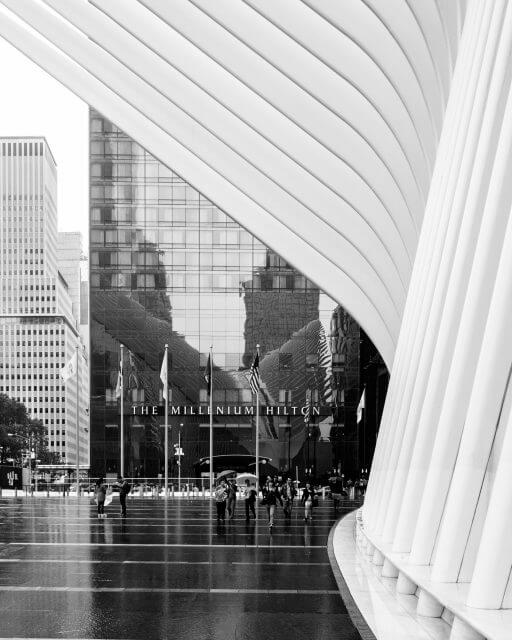
Final Thoughts On Converting Color To Black And White
Converting a color photo to black and white shouldn’t be something you do in an attempt to mask problems in the original photo; there are times when this works out but don’t make it a habit. Shoot raw, get it right in camera as much as possible, make all the necessary post-processing tweaks and then marvel at your monochrome masterpiece.
For More On Black And White Photography
- Seeing In Black And White: Photo Tips And Tricks – over at Contrastly they have a useful piece on seeing in black and white
- Black and White Photography Techniques and Tips For Beginners – for the beginner, Photography Art Cafe outlines the basics
- Better Black And White – Kent Dufault over at Photzy has a fantastic guide to achieving beautiful black and white conversions
- 15 Amazing Black & White Wildlife Images – a collection of outstanding b&w images that will inspire you

